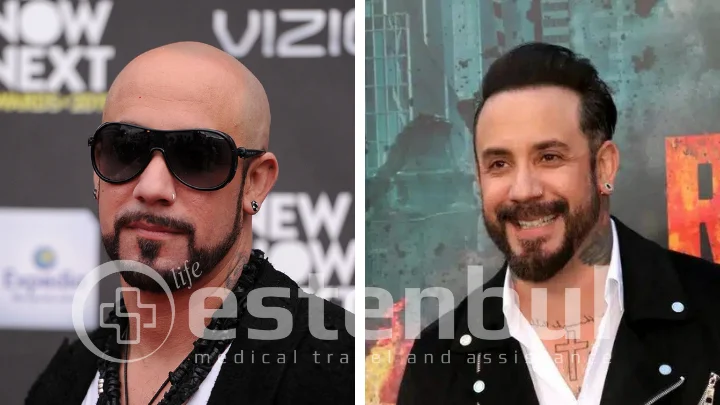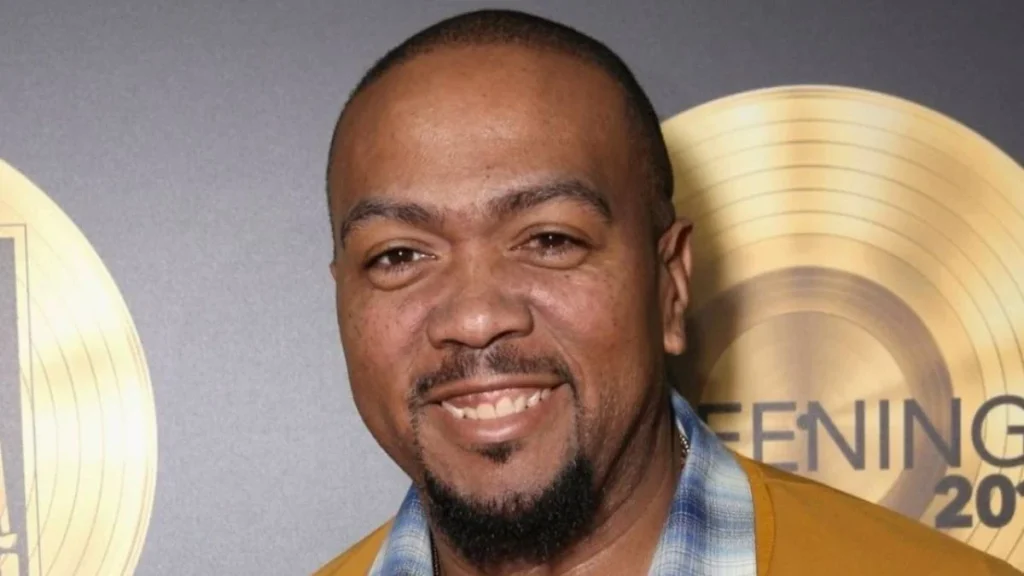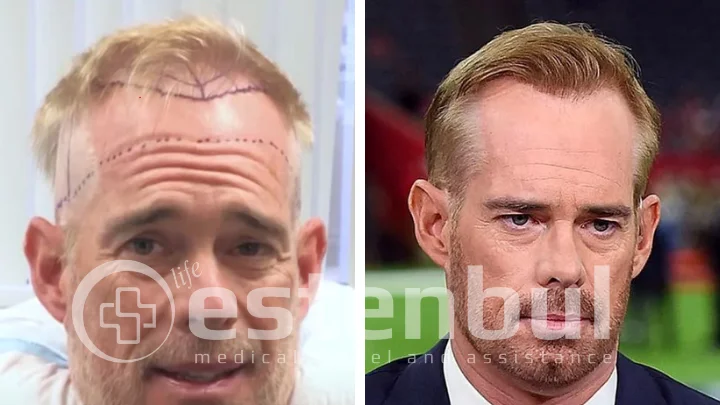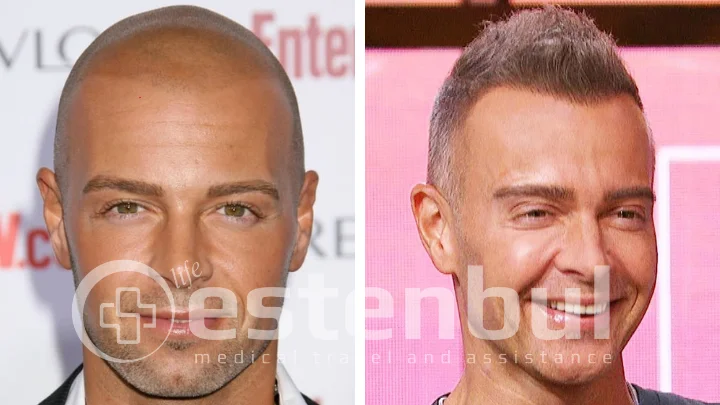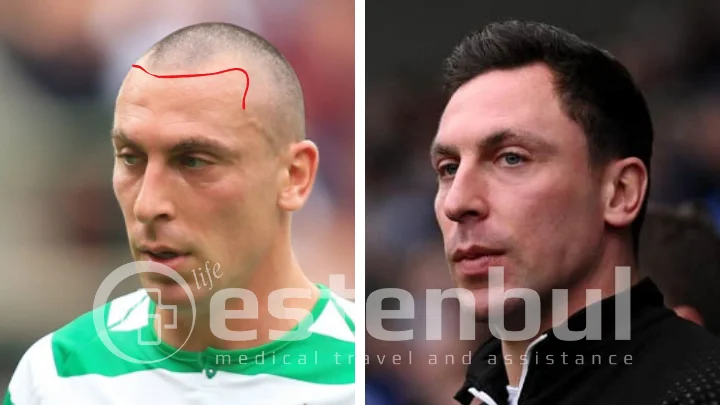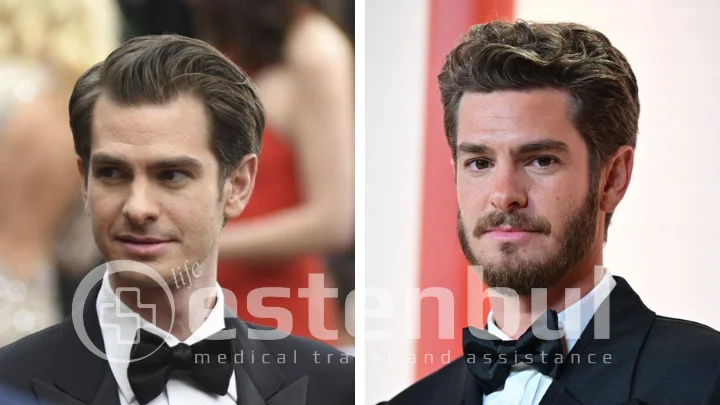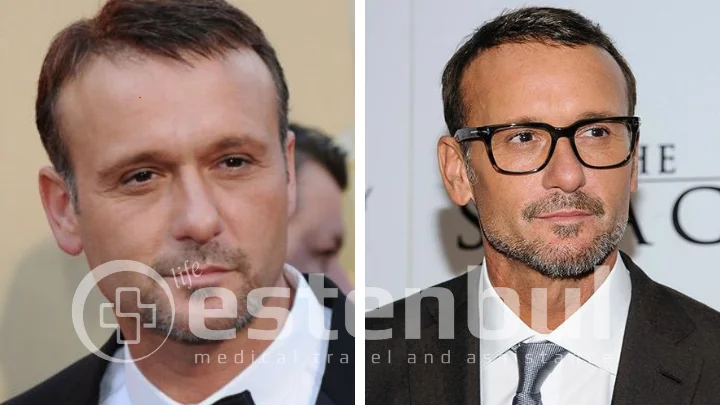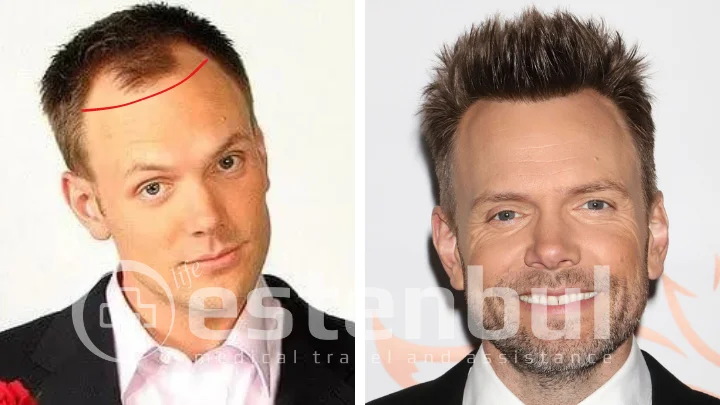
Articles
Jordan Peterson’s Hair Transformation: Understanding His Decision for a Hair Transplant
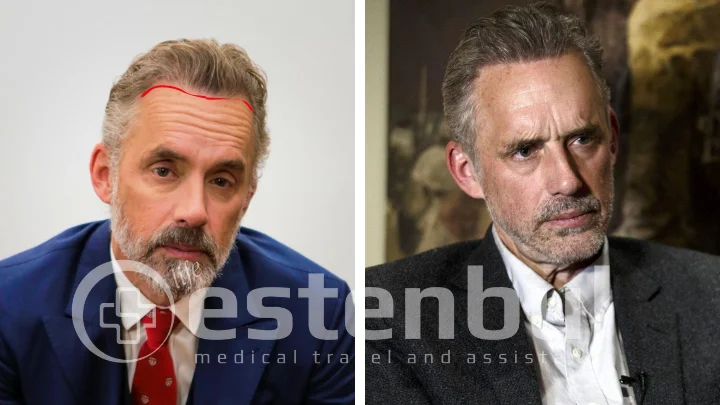
Jordan Peterson, the renowned Canadian psychologist, professor, and author, has been a prominent figure known for his intellectual insights and thought-provoking discussions. Beyond his professional endeavors, Peterson’s appearance has also garnered attention, particularly his decision to undergo a hair transplant. In this blog post, we delve into the topic of Jordan Peterson’s hair transformation, exploring his reasons, the procedure itself, and the broader implications of such a decision.
The Decision to Undergo a Hair Transplant
In recent years, Jordan Peterson’s appearance has been a subject of interest for many, and his hair has been a topic of discussion among fans, critics, and the media alike. Peterson’s decision to undergo a hair transplant is a personal one, influenced by a variety of factors. While he hasn’t been explicitly vocal about his reasons for the procedure, it’s not uncommon for individuals in the public eye to consider aesthetic enhancements to boost self-confidence and improve their overall appearance.
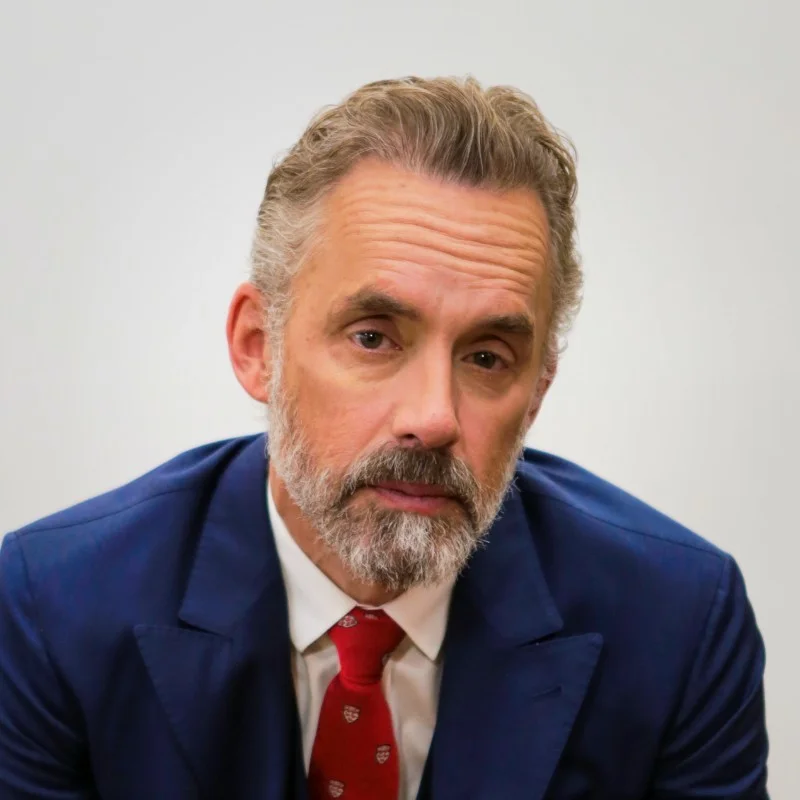
The Hair Transplant Procedure
A hair transplant is a surgical procedure designed to address hair loss and thinning. It involves removing healthy hair follicles from one part of the body, typically the back or sides of the head, and transplanting them to areas where hair is thinning or receding. There are two primary methods of hair transplantation: follicular unit transplantation (FUT) and follicular unit extraction (FUE).
FUT involves removing a strip of scalp containing healthy hair follicles, which are then dissected and transplanted. FUE, on the other hand, involves individually extracting hair follicles and transplanting them to the desired areas. Both methods require skillful surgical techniques and precision to achieve natural-looking results.
The Broader Implications
Jordan Peterson’s decision to undergo a hair transplant opens up discussions about personal choices, self-image, and the societal pressures that individuals, especially those in the public eye, face. As a public figure who engages in conversations about self-improvement and self-care, his choice to undergo a hair transplant could be seen as an extension of those principles. However, it also raises questions about the influence of appearance standards and the lengths to which people are willing to go to meet those standards.
Furthermore, Peterson’s transparency about his hair transplant experience could potentially provide support and encouragement to others who are considering similar procedures. By sharing his journey, he might contribute to the destigmatization of hair loss treatments and open conversations about body image.
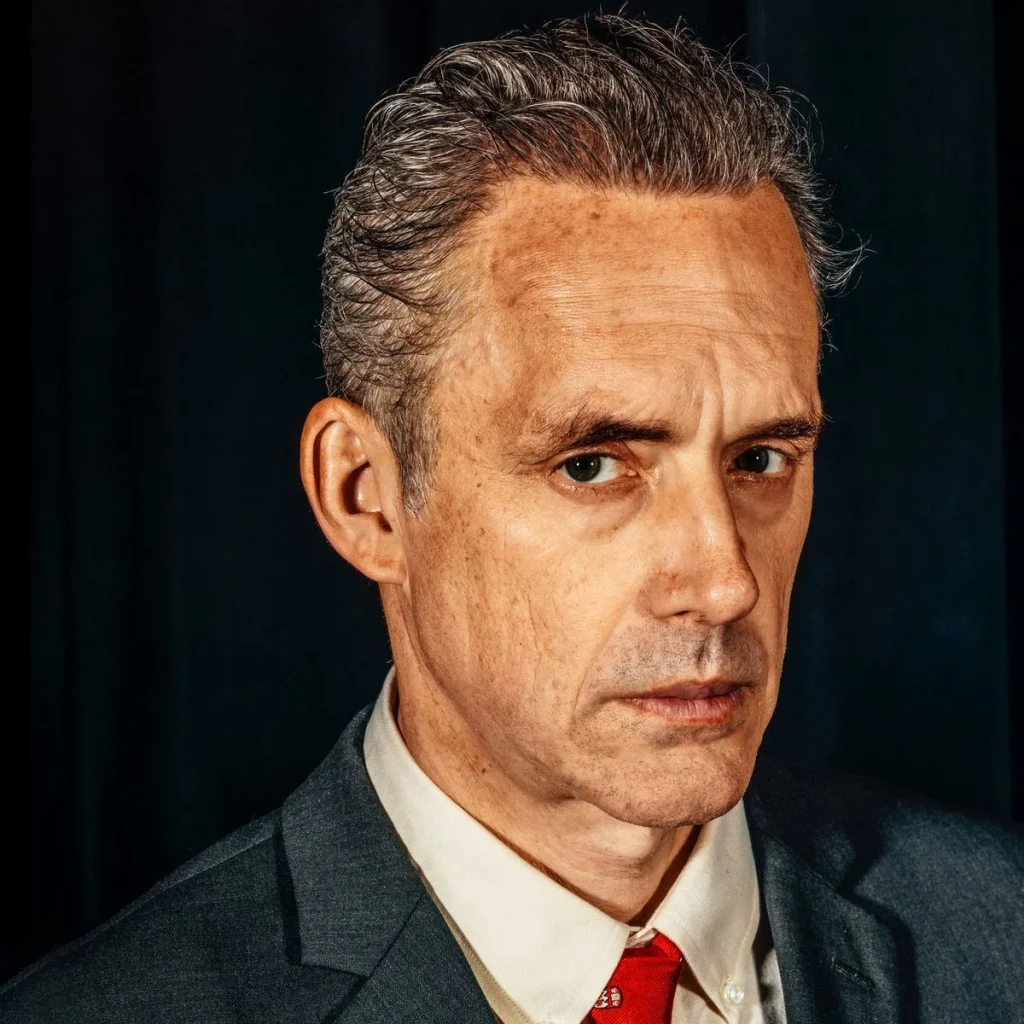
Conclusion
Jordan Peterson’s decision to undergo a hair transplant is a personal choice that intersects with his public persona and societal expectations. As he continues to engage in intellectual discussions and share insights on various topics, his decision could spark broader conversations about self-image, authenticity, and the pressures faced by individuals in the public eye. Regardless of one’s opinion on such procedures, it’s a reminder that personal choices are multifaceted and influenced by a range of factors.
FAQ About Jordan Peterson’s Hair Transplant Journey
Why did Jordan Peterson undergo a hair transplant?
Jordan Peterson’s decision to undergo a hair transplant is rooted in personal reasons, which he has not explicitly discussed. Like many individuals, he might have chosen the procedure to enhance his self-confidence and improve his overall appearance.
What is a hair transplant procedure?
A hair transplant is a surgical procedure aimed at addressing hair loss and thinning. It involves removing healthy hair follicles from one part of the body and transplanting them to areas where hair is thinning or receding. There are two primary methods: follicular unit transplantation (FUT) and follicular unit extraction (FUE).
How does a hair transplant work?
In FUT, a strip of scalp with healthy hair follicles is removed, dissected, and then transplanted. FUE involves individually extracting hair follicles and transplanting them. Both methods require precise surgical techniques to achieve natural-looking results.
What are the broader implications of Jordan Peterson’s decision?
Peterson’s choice to undergo a hair transplant opens discussions about personal choices, self-image, and societal pressures. It raises questions about appearance standards and the lengths to which individuals, especially public figures, go to meet those standards. His transparency might also support others considering similar procedures.
How might Jordan Peterson’s decision impact public discourse?
Peterson’s hair transformation could extend conversations about self-improvement, authenticity, and societal expectations. As he continues sharing insights, his decision might encourage discussions on body image, self-care, and the challenges faced by individuals in the public eye. Regardless of opinions on such procedures, it highlights the complexity of personal choices.



